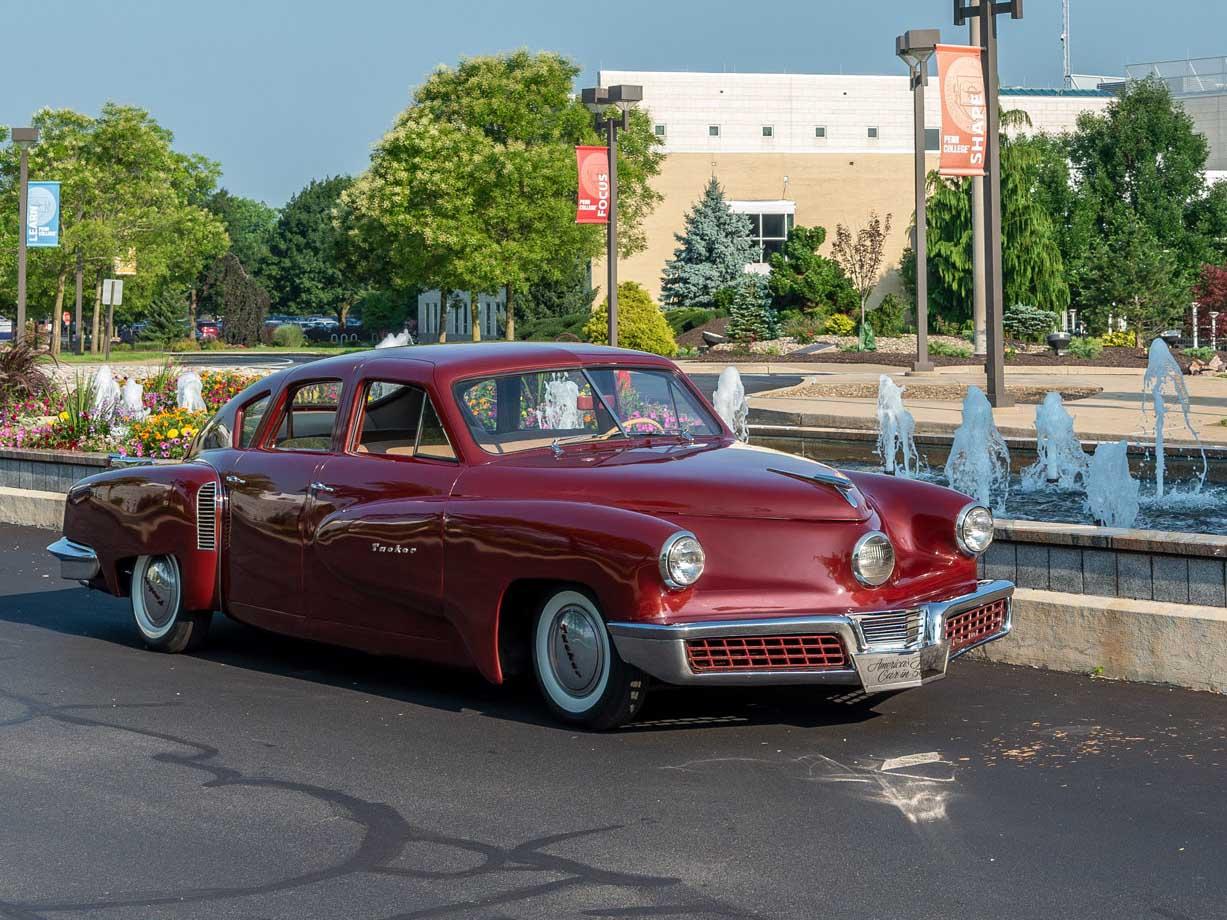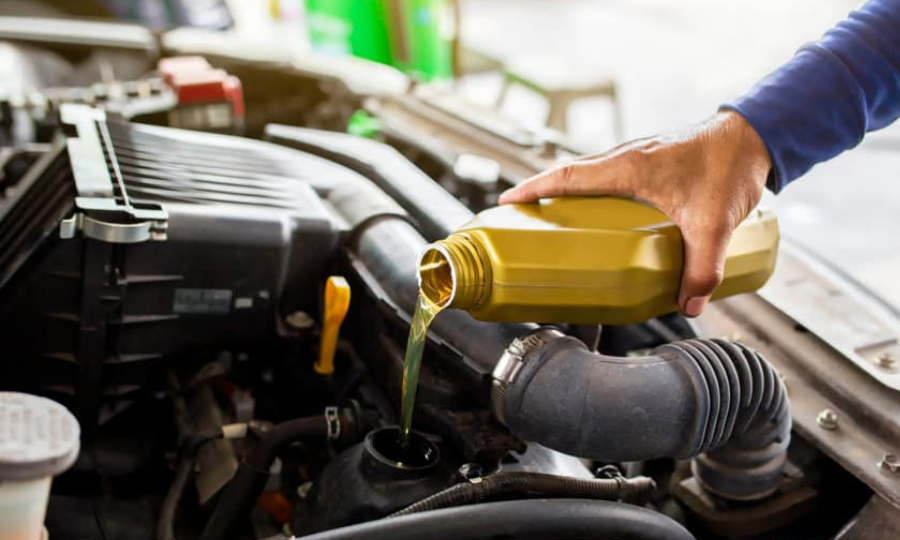- Introduction to Auto Restoration
- The Restoration Process
- Choosing the Right Classic Car
- The Importance of Originality
- The Cost of Auto Restoration
- Finding a Restoration Shop
- The Future of Auto Restoration
Introduction to Auto Restoration
There is something special about classic cars that simply cannot be replicated by modern automobiles. From the distinctive body styles to the rumbling engines, these vintage vehicles are works of art that transport us back to a bygone era. But like any work of art, classic cars require maintenance and restoration to maintain their beauty and value. Auto restoration Tucson is a complex process that involves bringing a classic car back to its original condition. This process can take months or even years to complete, but the result is a beautiful, fully-functional vehicle that can be enjoyed for generations to come.
The Restoration Process
Auto restoration is a meticulous process that involves a wide range of tasks. These tasks can include bodywork, mechanical repairs, upholstery, electrical work, and painting. Each step of the process is important and requires specialized knowledge and skills. The first step in the restoration process is to carefully evaluate the car’s condition and create a detailed restoration plan. This plan will outline the specific tasks that need to be completed, as well as the estimated cost and timeline for the project.
Once the restoration plan is in place, the car is disassembled and the restoration process begins in earnest. Bodywork is often the first step, as this involves repairing any dents, scratches, or rust that may be present. This process can be time-consuming, as it requires skilled craftsmen to reshape metal panels and create new parts as needed. Once the bodywork is complete, the car is painted using a special process that ensures a smooth, even finish.
Mechanical repairs are also an important part of the restoration process. This can include rebuilding the engine, transmission, and other mechanical components. Electrical work may also be necessary, as classic cars often have outdated wiring that needs to be replaced. Finally, upholstery work is often needed to repair or replace the car’s interior, including seats, carpets, and headliners.
Choosing the Right Classic Car
Not all classic cars are created equal when it comes to restoration. Some models are easier to restore than others, while some may be too far gone to be worth the effort. When choosing a classic car for restoration, it’s important to consider a few key factors. These include the car’s rarity, condition, and availability of parts.
Rarity is an important factor to consider because it can affect the car’s value once it’s restored. Rare cars are often more valuable than more common models, which can make them a good investment for collectors. However, rare cars can also be more difficult to find parts for, which can make the restoration process more challenging.
Condition is another important factor to consider. While it’s possible to restore a car that is in poor condition, it can be a more time-consuming and expensive process. Cars that have been well-maintained and stored properly are often easier to restore, as they will require less work to bring them back to their original condition.
Also Read: Industry 4.0: Is Your ERP System Ready for the Digital Era?
Finally, availability of parts is an important factor to consider. Some classic cars have a strong aftermarket parts industry, which can make it easier to find the parts needed for restoration. Other cars may require more custom fabrication work, which can be more expensive and time-consuming.
The Importance of Originality
When it comes to auto restoration, originality is key. The goal of restoration is to bring the car back to its original condition, using as many original parts and materials as possible. This not only ensures that the car is historically accurate, but it also helps to
preserve the car’s value. Collectors and enthusiasts value originality, and cars that have been restored using aftermarket parts or non-original materials may be worth less than those that have been restored to original specifications.
Restoration shops that specialize in classic cars understand the importance of originality and will go to great lengths to ensure that the cars they restore are as close to their original condition as possible. This may involve searching for rare and hard-to-find parts, or even fabricating new parts using original blueprints or patterns.
In some cases, original parts may not be available or may be too damaged to be used in the restoration process. In these cases, high-quality aftermarket parts may be used as a replacement. However, it’s important to ensure that any aftermarket parts used are of the same quality and specification as the original parts, in order to maintain the car’s originality.
The Cost of Auto Restoration
Auto restoration can be a costly process, with some restorations costing tens or even hundreds of thousands of dollars. The cost of restoration depends on a variety of factors, including the car’s make and model, its condition, and the extent of the restoration work needed.
Restoration shops typically charge an hourly rate for labor, which can range from $50 to $150 or more per hour. The cost of parts can also be a significant expense, particularly for rare or hard-to-find parts. In addition to these costs, there may be additional expenses for shipping, storage, and other miscellaneous expenses.
While the cost of restoration can be high, it’s important to remember that the value of a properly restored classic car can be significant. Collectors and enthusiasts are willing to pay a premium for rare or historically significant cars that have been restored to original condition. For some car owners, the investment in restoration can pay off in the form of increased value and appreciation for their vintage vehicle.
Finding a Restoration Shop
Finding the right restoration shop is key to ensuring that your classic car is restored to its original condition. Not all restoration shops are created equal, and it’s important to do your research before choosing a shop. Look for a shop that specializes in classic cars and has experience working on the make and model of your car.
Ask for references and photos of previous restorations, and take the time to visit the shop in person to see their facilities and meet their staff. A good restoration shop will have a clean and organized workspace, as well as knowledgeable and friendly staff who are passionate about classic cars.
The Future of Auto Restoration
As time goes on, the number of classic cars on the road continues to decline. Many vintage cars have been lost to time or have been scrapped for parts, leaving fewer and fewer examples of these iconic vehicles. However, auto restoration provides a way to preserve these cars and keep them on the road for future generations to enjoy.
The future of auto restoration looks bright, as younger generations of car enthusiasts discover the joy of classic cars. While the process of restoration may evolve with advances in technology and materials, the fundamental principles of restoration – preserving originality and craftsmanship – will remain the same.
Conclusion
Auto restoration is an art form that requires skill, patience, and dedication. The process of restoring a classic car can be time-consuming and expensive, but the end result is a beautiful and valuable vehicle that can be enjoyed for years to come. When choosing a classic car for restoration, it’s important to consider factors such as rarity, condition, and availability of parts. Restoring a car to its original condition is key to preserving its value and historical significance. Finding the right restoration shop is also important, as the skills and expertise of the restoration team can make all the difference in the quality of the finished product. Despite the challenges and costs associated with auto restoration, the future of this art form looks bright as










